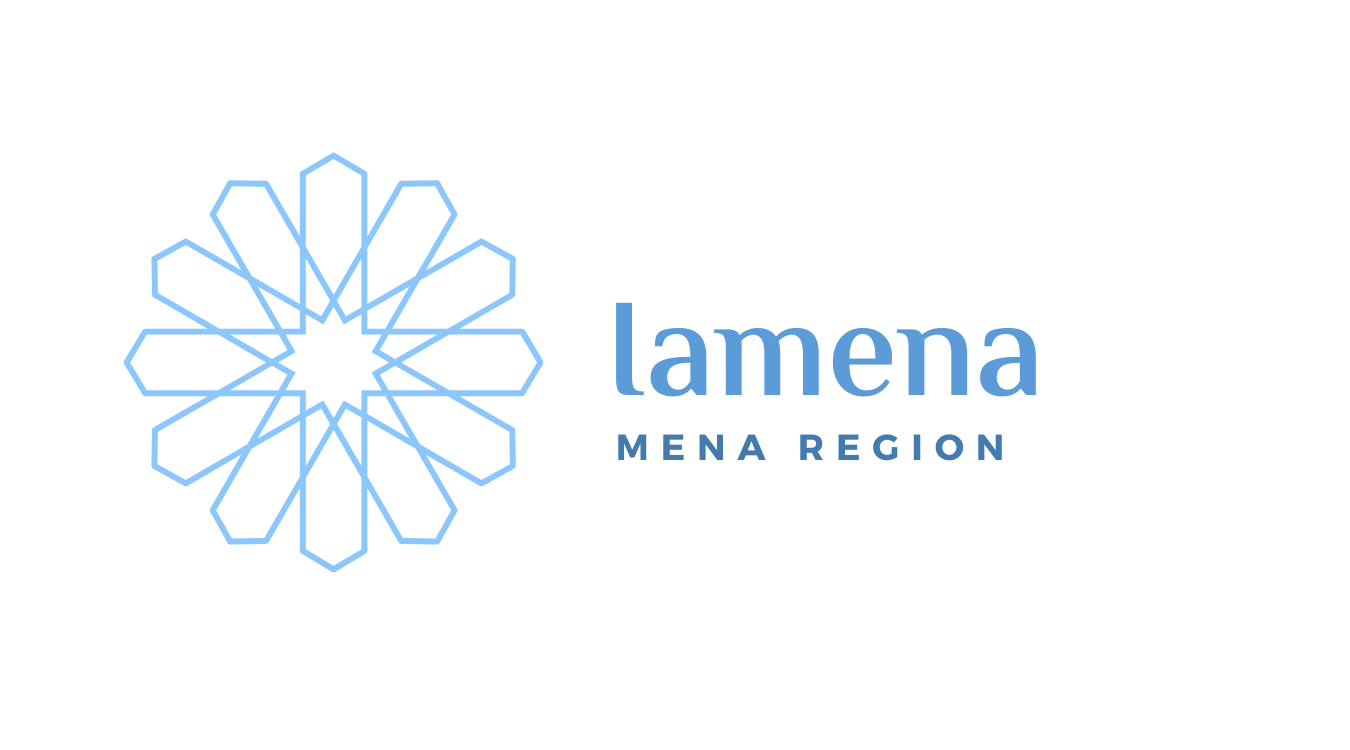Iamena is run by a team of highly driven professionals, all passionate about sharing the stories of Arabic World across the region and the world.
WHY MENA
Why Mena
Nieuwe aliThe Middle East and North Africa (MENA) is a region encompassing approximately 22 countries in the Middle East and North Africa. The MENA region accounts for approximately 6% of the world’s population, 60% of the world’s oil reserves and 45% of the world’s natural gas reserves. Due to the region’s substantial petroleum and natural gas reserves, MENA is an important source of global economic stability.
Despite the political hurdles, the Middle East offers long-term investors a favorable environment for investment. Backed by oil revenues, the MENA nations have experienced greater spending across health care, infrastructure and other modern conveniences. Qatar is one of the world’s largest exporters of liquefied natural gas and Saudi Arabia’s vast oil fields are well known. Analysts predict that the region will run a $1.1 trillion dollar oil surplus or about $30 million per resident over the next few years. These petro-dollars come with an added benefit of being dollar based. About half of the 20 nations that make up the MENA have pegged their currencies to the U.S. dollar. Unlike the U.S., where low interest rates have not spurred economic growth, investors in the Middle East have plowed their capital into massive expansion projects and infrastructure building. Ultimately, this is benefiting the MENA people.
Demographics are also on the MENA nation’s side. Nearly 30% of the population or about twice that of the developed worlds is within the 15 to 24 year old age bracket. As governments within the region attract new industries, develop educational programs and expand public works projects, this young demographic will be the driving force behind the economy.
As a major exporter to Europe, many nations within the MENA are benefiting from the recoveries in Germany, the Netherlands and Switzerland. These strong economic recoveries are helping compensate for a weak U.S. market. New trade partners in Asia, including China, are creating new avenues for growth. Investors can profit from this relationship through the region’s average 5.7% dividend yield.
nea






